Ast lab values. AST Blood Test: Understanding Aspartate Aminotransferase Levels and Liver Health
What is an AST blood test. How is an AST test performed. What do high and low AST levels indicate. Why do doctors order AST tests. How to prepare for an AST blood test. What are the risks associated with AST testing.
What is Aspartate Aminotransferase (AST) and Its Role in the Body?
Aspartate aminotransferase (AST), also known as serum glutamic-oxaloacetic transaminase (SGOT) or aspartate transaminase, is an enzyme primarily found in the liver. While present in smaller quantities in the kidneys and muscles, AST plays a crucial role in converting food into energy within liver cells. When liver or muscle cells are damaged, AST is released into the bloodstream, making it a valuable indicator of liver health and function.
The Importance of AST in Liver Function
AST is one of several enzymes that facilitate the liver’s energy conversion processes. Its presence in the bloodstream can signify liver cell damage or irritation, as these enzymes typically remain within healthy liver cells. Elevated AST levels may indicate various liver conditions or injuries, making it an essential component of liver function tests.
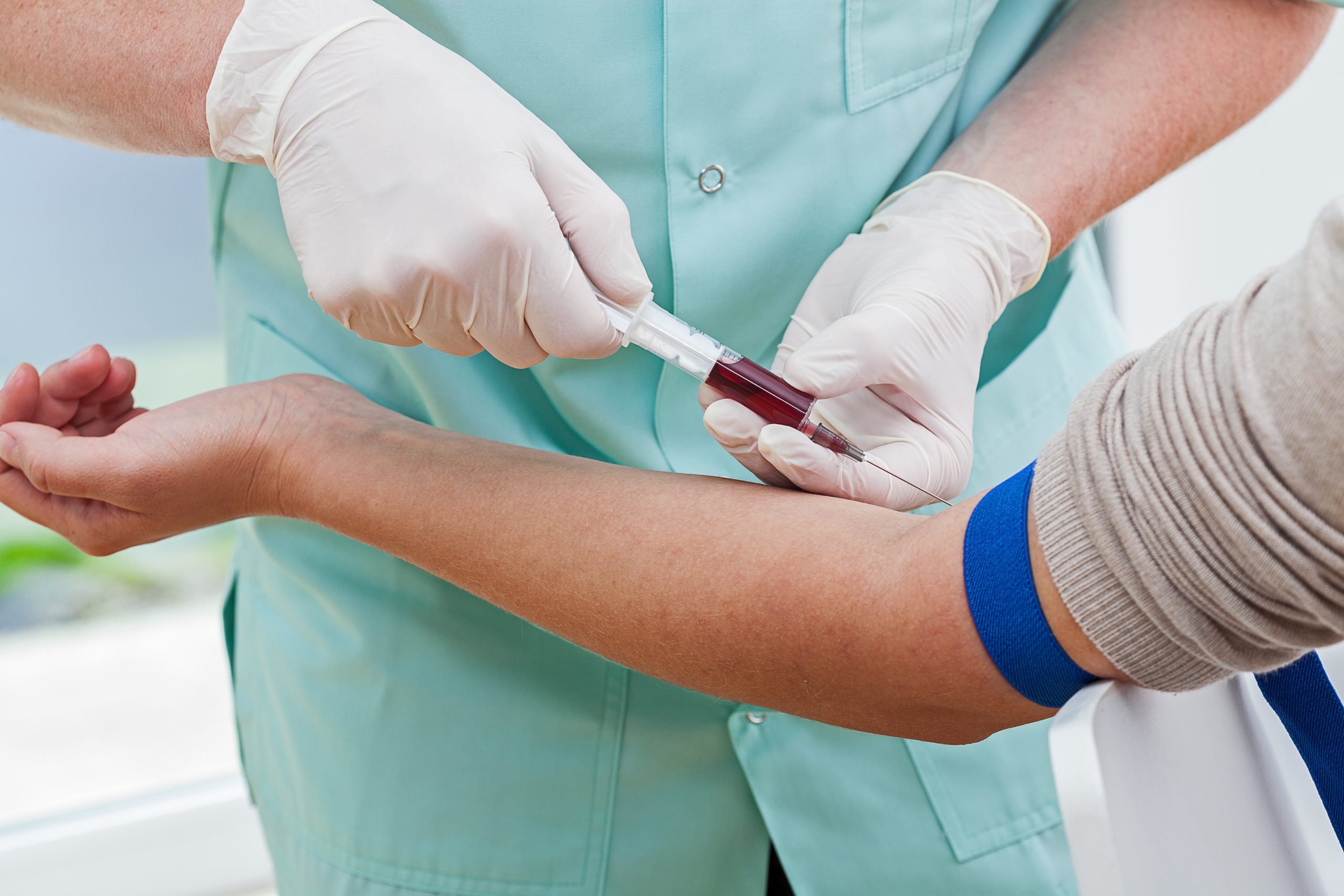
Why Do Doctors Order AST Blood Tests?
Healthcare providers may recommend an AST blood test for several reasons:
- To assess liver health and function
- To detect or monitor liver injury
- To evaluate symptoms of potential liver problems
- To monitor the effects of certain medications on liver function
- As part of a comprehensive metabolic panel
AST tests are particularly useful when patients present with signs of liver issues, such as jaundice (yellowing of the skin or eyes), dark urine, nausea, vomiting, or abdominal pain. Additionally, doctors may order AST tests for individuals taking medications that could potentially affect liver enzyme levels.
How is an AST Blood Test Performed?
An AST blood test is a relatively simple and minimally invasive procedure. Here’s what you can expect during the test:
- A healthcare professional will clean the skin at the collection site, usually the inner elbow or back of the hand.
- An elastic band (tourniquet) is placed above the area to help the veins swell with blood.
- A needle is inserted into a vein to draw a small amount of blood into a vial or syringe.
- The elastic band and needle are removed, and the puncture site is covered with a bandage.
For infants, a “heel stick collection” method may be used, where a tiny needle or lancet pricks the baby’s heel to collect a small blood sample.

Preparing for an AST Test
To ensure accurate results, patients may need to fast for 8 to 12 hours before the test. It’s crucial to inform the healthcare provider about any medications being taken, as some drugs can affect AST levels. Wearing a short-sleeved shirt can make the blood draw process easier, and bringing a comforting item like a toy or book can help distract younger patients.
Interpreting AST Test Results: What Do High and Low Levels Mean?
AST test results are typically available within a few hours to a day after the blood sample is processed. The interpretation of these results can provide valuable insights into liver health and overall well-being.
Normal AST Levels
Normal AST levels vary slightly depending on the laboratory and the individual’s age and sex. Generally, normal AST ranges are:
- Adults: 8 to 48 units per liter (U/L)
- Children: 10 to 40 U/L
- Newborns: 25 to 75 U/L
Elevated AST Levels
High AST levels can indicate liver damage or disease. Some conditions associated with elevated AST include:

- Hepatitis (viral or alcoholic)
- Cirrhosis
- Liver cancer
- Heart attack (myocardial infarction)
- Muscle injuries or diseases
- Pancreatitis
- Certain medications
It’s important to note that while high AST levels suggest liver damage, they don’t specify the cause or severity of the condition. Additional tests and clinical evaluation are often necessary for a comprehensive diagnosis.
Low AST Levels
Lower-than-normal AST levels are generally not a cause for concern and may indicate good liver health. However, in rare cases, extremely low AST levels could be associated with:
- Vitamin B6 deficiency
- Pregnancy
- Hemodialysis
AST/ALT Ratio: A Valuable Diagnostic Tool
Healthcare providers often analyze the ratio of AST to another liver enzyme, alanine aminotransferase (ALT), to gain additional insights into liver health. This ratio can help differentiate between various liver conditions:
- AST/ALT ratio < 1: Suggests viral hepatitis or non-alcoholic fatty liver disease
- AST/ALT ratio > 2: May indicate alcoholic liver disease
- AST/ALT ratio > 1 but < 2: Could suggest cirrhosis or other liver diseases
The AST/ALT ratio, combined with other clinical findings and tests, aids in determining the underlying cause of liver dysfunction and guiding appropriate treatment strategies.

Potential Risks and Considerations of AST Blood Tests
While AST blood tests are generally safe and minimally invasive, there are a few considerations and potential risks to be aware of:
- Mild discomfort or bruising at the needle insertion site
- Slight risk of infection (very rare with proper sterile technique)
- Fainting or lightheadedness in some individuals
- Anxiety or fear of needles in some patients, especially children
To minimize discomfort and anxiety, parents can stay with their children during the test, encouraging relaxation techniques like deep breathing or distraction with a favorite song or toy. If your child has a strong fear of needles, discuss potential coping strategies with the healthcare provider before the test.
Beyond Liver Health: Other Conditions Affecting AST Levels
While AST is primarily associated with liver function, elevated levels can also indicate issues in other organs and systems:
Cardiac Conditions
Myocardial infarction (heart attack) can cause a significant rise in AST levels, often accompanied by elevated levels of other cardiac markers such as troponin and creatine kinase-MB (CK-MB). This increase occurs due to damage to heart muscle cells, which also contain AST.

Muscle Disorders
Conditions affecting skeletal muscles can lead to increased AST levels:
- Muscular dystrophy
- Rhabdomyolysis (severe muscle breakdown)
- Intense physical exercise or muscle injury
In these cases, AST elevation is often accompanied by an increase in creatine kinase (CK) levels, another enzyme found in muscle tissue.
Pancreatic Issues
Acute pancreatitis can cause a temporary elevation in AST levels. However, this increase is typically less pronounced than in liver diseases and is often accompanied by other specific pancreatic markers like lipase and amylase.
Kidney Disorders
While less common, certain kidney conditions can affect AST levels:
- Acute kidney injury
- Chronic kidney disease
In these cases, AST elevation is usually mild and occurs alongside other abnormal kidney function markers.
Factors Influencing AST Levels: Beyond Health Conditions
Several factors can impact AST levels, potentially leading to temporary fluctuations or false elevations:
Medications
Certain medications can affect AST levels, either by directly impacting liver function or through other mechanisms:

- Acetaminophen (in high doses or long-term use)
- Statins (cholesterol-lowering drugs)
- Some antibiotics
- Certain herbal supplements
It’s crucial to inform your healthcare provider about all medications and supplements you’re taking before an AST test.
Lifestyle Factors
Various lifestyle choices can influence AST levels:
- Alcohol consumption: Regular or excessive alcohol intake can lead to elevated AST levels
- Intense exercise: Vigorous physical activity can cause temporary AST elevations
- Obesity: Non-alcoholic fatty liver disease, often associated with obesity, can increase AST levels
Age and Gender
AST levels can vary slightly based on age and gender:
- Newborns typically have higher AST levels, which decrease as they grow
- Men often have slightly higher AST levels than women
- AST levels may increase slightly with age
Healthcare providers consider these factors when interpreting AST test results to ensure accurate diagnosis and treatment planning.
Complementary Tests: Enhancing Liver Health Assessment
While AST is a valuable indicator of liver health, it’s often part of a broader panel of tests used to assess liver function and overall health:

Liver Function Tests
A comprehensive liver function panel typically includes:
- Alanine aminotransferase (ALT)
- Alkaline phosphatase (ALP)
- Gamma-glutamyl transferase (GGT)
- Bilirubin
- Albumin
- Prothrombin time (PT)
These tests, when analyzed together, provide a more complete picture of liver health and function.
Imaging Studies
In cases of abnormal AST levels, imaging studies may be recommended to visualize the liver and surrounding structures:
- Ultrasound
- Computed tomography (CT) scan
- Magnetic resonance imaging (MRI)
These imaging techniques can help identify structural abnormalities, tumors, or other liver conditions that may be contributing to elevated AST levels.
Liver Biopsy
In some cases, a liver biopsy may be necessary to definitively diagnose liver conditions. This procedure involves removing a small sample of liver tissue for microscopic examination, providing detailed information about liver cell health and potential disease processes.
Managing Elevated AST Levels: Lifestyle Changes and Treatment Options
If AST levels are found to be elevated, treatment approaches will depend on the underlying cause. However, some general strategies can help improve liver health and potentially lower AST levels:

Lifestyle Modifications
- Limiting alcohol consumption or abstaining completely
- Maintaining a healthy weight through diet and exercise
- Avoiding or limiting the use of hepatotoxic medications
- Managing underlying conditions like diabetes or high cholesterol
Dietary Changes
A liver-friendly diet can support overall liver health:
- Increasing intake of fruits, vegetables, and whole grains
- Limiting saturated fats and processed foods
- Staying hydrated with adequate water intake
- Considering liver-supportive foods like garlic, turmeric, and green tea
Medical Treatments
Depending on the underlying cause of elevated AST levels, medical treatments may include:
- Antiviral medications for viral hepatitis
- Immunosuppressants for autoimmune liver diseases
- Medications to manage complications of cirrhosis
- In severe cases, liver transplantation may be considered
It’s essential to work closely with healthcare providers to develop an appropriate treatment plan based on individual circumstances and the specific cause of elevated AST levels.
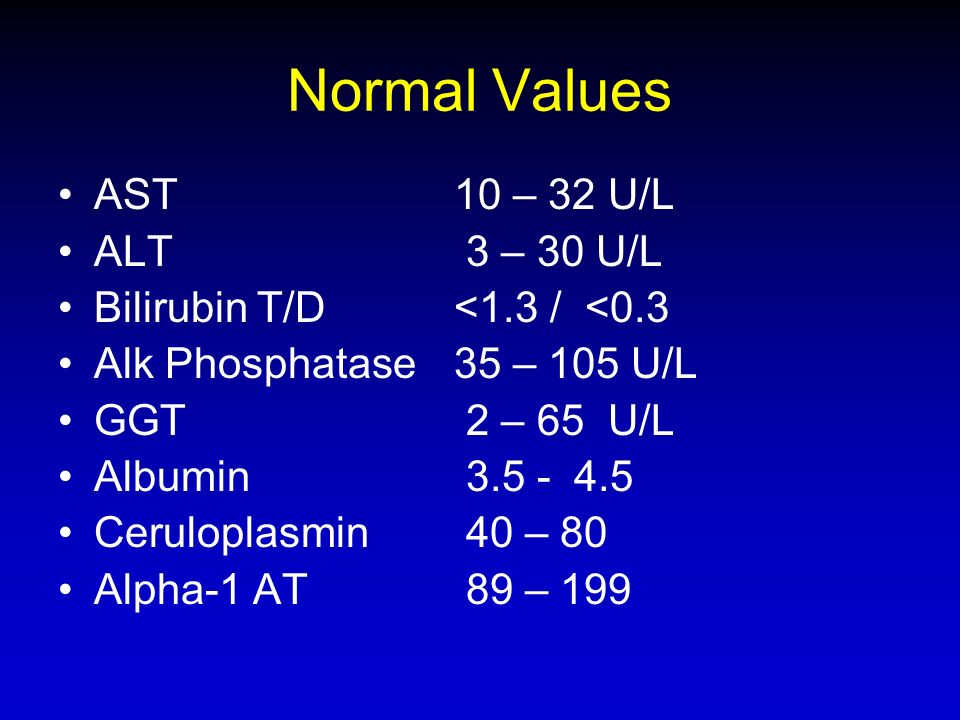
The Future of Liver Health Assessment: Emerging Technologies and Biomarkers
While AST remains a valuable tool in assessing liver health, ongoing research is exploring new technologies and biomarkers to enhance liver disease diagnosis and monitoring:
Non-Invasive Imaging Techniques
Advanced imaging methods are being developed to assess liver health without the need for invasive procedures:
- Transient elastography (FibroScan): Measures liver stiffness to assess fibrosis
- Magnetic resonance elastography (MRE): Provides detailed images of liver tissue stiffness
- Contrast-enhanced ultrasound: Improves visualization of liver lesions
Novel Biomarkers
Researchers are investigating new biomarkers that may offer more specific or sensitive indicators of liver health:
- Cytokeratin-18 fragments: Potential markers for non-alcoholic fatty liver disease (NAFLD)
- microRNAs: Small RNA molecules that may indicate specific liver conditions
- Metabolomics: Studying small molecule metabolites to identify liver disease patterns
Artificial Intelligence in Liver Health Assessment
Machine learning algorithms are being developed to analyze complex data from multiple sources, including laboratory tests, imaging studies, and patient history, to improve liver disease diagnosis and prognosis prediction.
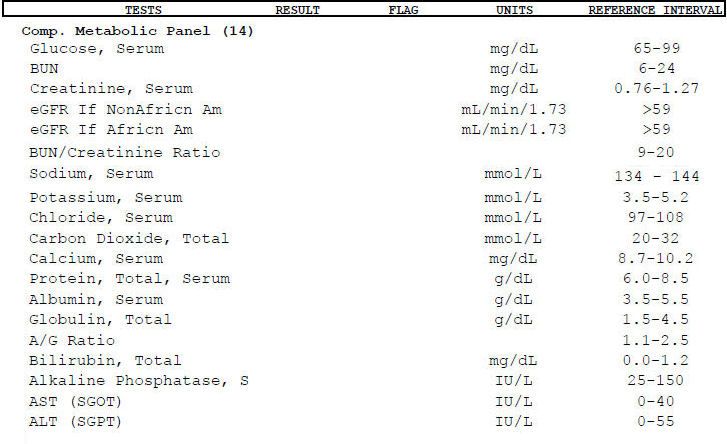
As these technologies continue to evolve, they may complement or enhance the role of traditional liver function tests like AST, leading to more accurate and personalized liver health assessments in the future.
Aspartate Aminotransferase (AST, or SGOT)
What Is a Blood Test?
A blood test is when a sample of blood is taken from the body to be tested in a lab. Doctors order blood tests to check things such as the levels of glucose, hemoglobin, or white blood cells. This can help them detect problems like a disease or medical condition. Sometimes, blood tests can help them see how well an organ (such as the liver or kidneys) is working.
What Is an AST Test?
An AST test measures the level of aspartate aminotransferase, also called AST or SGOT. AST is one of the enzymes that help the liver convert food into energy. High levels of these enzymes can be a sign that the liver is injured or irritated, and the enzymes are leaking out of the liver cells.
Why Are AST Tests Done?
An AST test may be done if a child has signs of a possible liver problem, such as jaundice (yellowish skin or eyes), dark urine, nausea, vomiting, or belly pain. It also might be done if a child is on medicine that makes high liver enzyme levels more likely.
How Should We Prepare for an AST Test?
Your child may be asked to stop eating and drinking for 8 to 12 hours before the AST test. Tell your doctor about any medicines your child takes because some drugs might affect the test results.
Wearing a T-shirt or short-sleeved shirt for the test can make things easier for your child, and you also can bring along a toy or book as a distraction.
How Is an AST Test Done?
Most blood tests take a small amount of blood from a vein. To do that, a health professional will:
- clean the skin
- put an elastic band (tourniquet) above the area to get the veins to swell with blood
- insert a needle into a vein (usually in the arm inside of the elbow or on the back of the hand)
- pull the blood sample into a vial or syringe
- take off the elastic band and remove the needle from the vein
In babies, blood draws are sometimes done as a “heel stick collection.” After cleaning the area, the health professional will prick your baby’s heel with a tiny needle (or lancet) to collect a small sample of blood.
Collecting a sample of blood is only temporarily uncomfortable and can feel like a quick pinprick.
Can I Stay With My Child During an AST Test?
Parents usually can stay with their child during a blood test. Encourage your child to relax and stay still because tensing muscles can make it harder to draw blood. Your child might want to look away when the needle is inserted and the blood is collected. Help your child to relax by taking slow deep breaths or singing a favorite song.
How Long Does an AST Test Take?
Most blood tests take just a few minutes. Occasionally, it can be hard to find a vein, so the health professional may need to try more than once.
What Happens After an AST Test?
The health professional will remove the elastic band and the needle and cover the area with cotton or a bandage to stop the bleeding. Afterward, there may be some mild bruising, which should go away in a few days.
When Are AST Test Results Ready?
Blood samples are processed by a machine, and it may take a few hours to a day for the results to be available.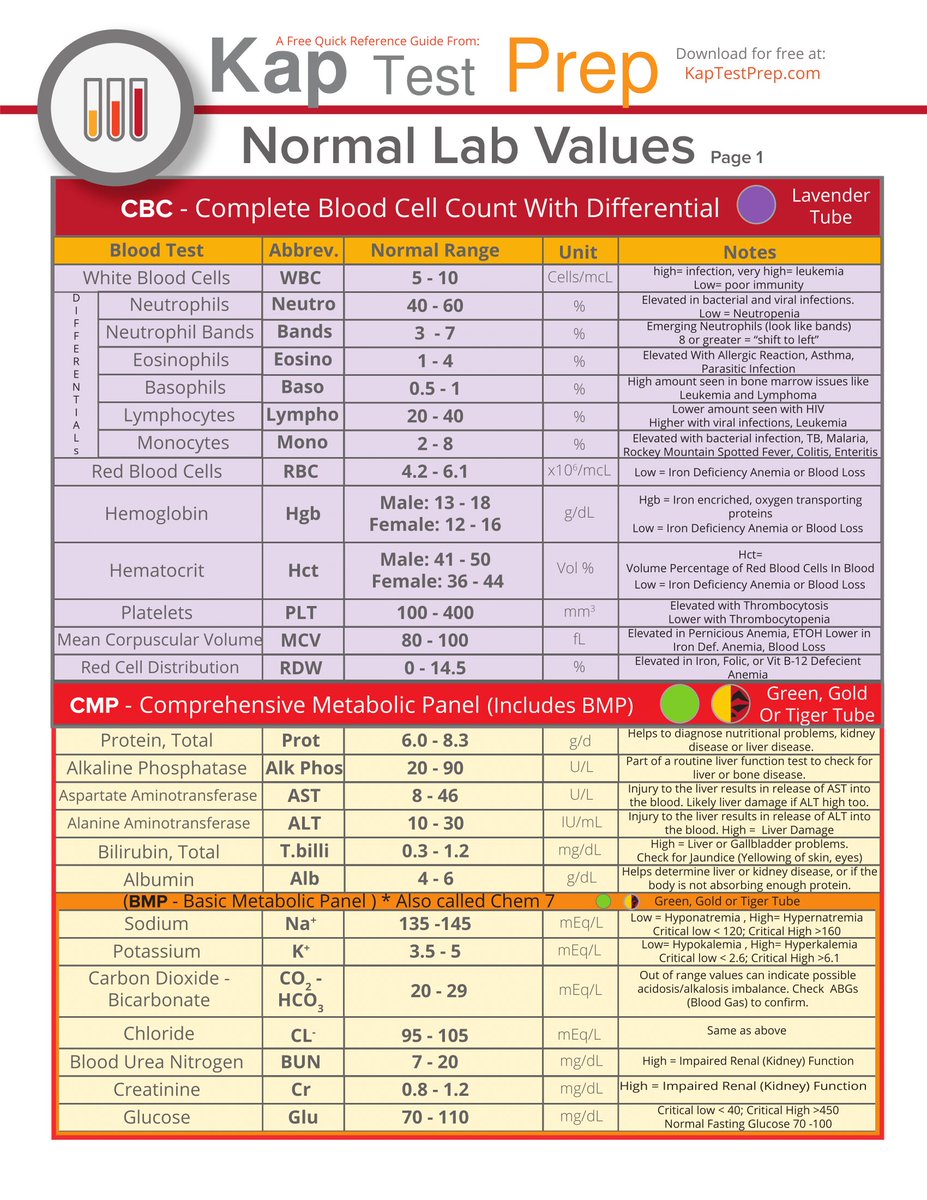 If the test results show signs of a problem, the doctor might order other tests to figure out what the problem is and how to treat it.
If the test results show signs of a problem, the doctor might order other tests to figure out what the problem is and how to treat it.
Are There Any Risks From AST Tests?
An AST test is a safe procedure with minimal risks. Some kids might feel faint or lightheaded from the test. A few kids and teens have a strong fear of needles. If your child is anxious, talk with the doctor before the test about ways to make the procedure easier.
A small bruise or mild soreness around the blood test site is common and can last for a few days. Get medical care for your child if the discomfort gets worse or lasts longer.
If you have questions about the AST test, speak with your doctor or the health professional doing the blood draw.
High and low levels, and what do results mean
Aspartate aminotransferase (AST) is an enzyme that is found mainly in the liver. It is also
present in kidneys and muscles but in smaller amounts. An AST blood test measures the
amount of aspartate transferase in blood.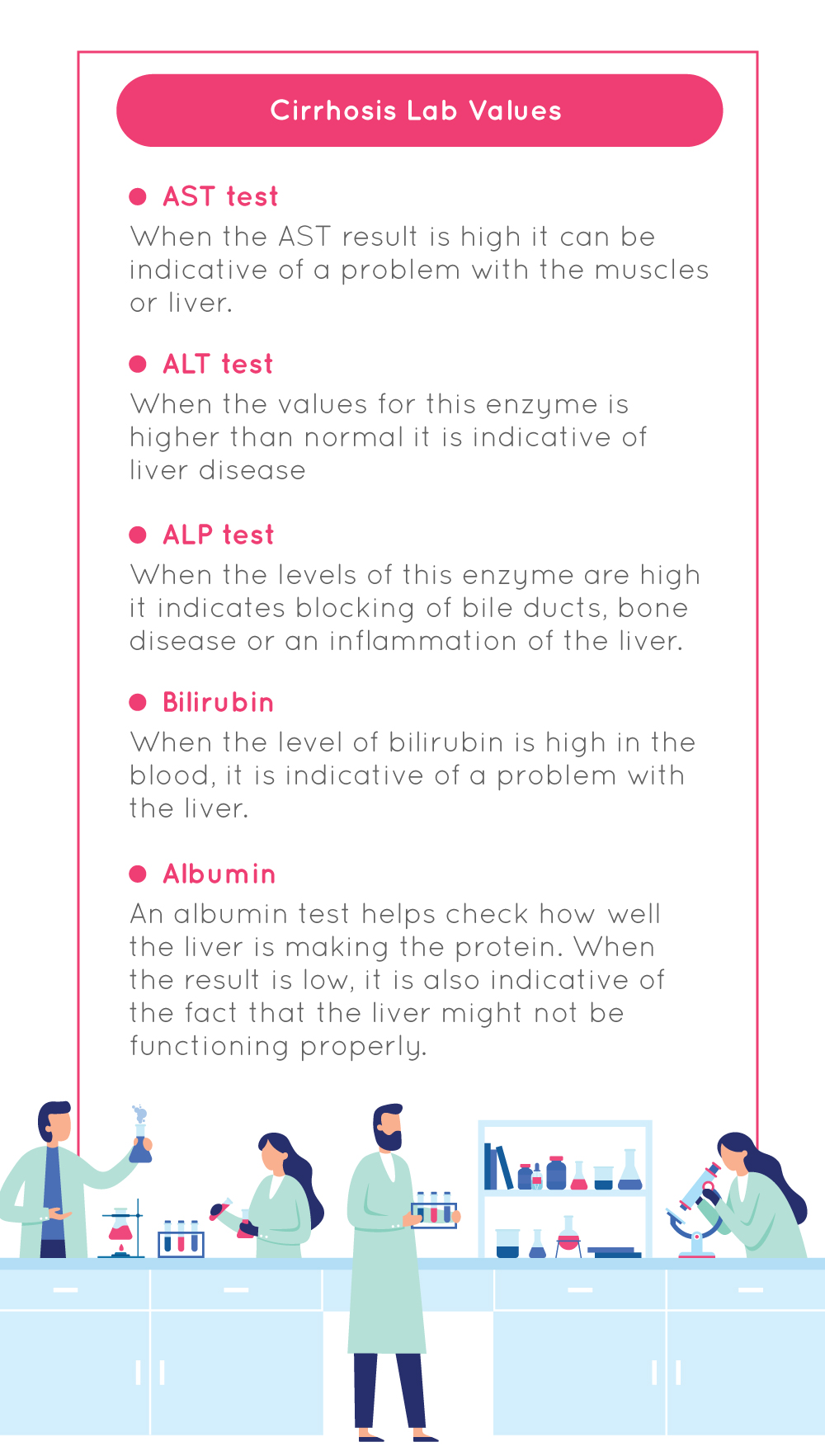 Doctors suggest an AST blood test to assess liver
Doctors suggest an AST blood test to assess liver
health. Also this test provides other insight of other body parts too. Elevated AST levels affect
other organs in the body like myocardial infarction, acute pancreatitis, acute renal disease etc.
Lower levels of AST mean that the person has good health. When the liver or muscle cells are
injured, AST is released to the bloodstream. This makes the test valuable for detecting or
monitoring liver injury.
Common names for an AST blood test consist of:
- Aspartate transferase (AST)
- Aspartate aminotransferase (AST)
- Serum glutamic-oxaloacetic transaminase (SGOT)
- Aspartate transaminase (AST)
A high AST level indicates some liver damage, but it is not caused by hepatitis C. A high AST with
a normal ALT may also be a sign that the AST is coming from a different part of the body. It is
important to understand that AST levels in most hepatitis C patients go up and down.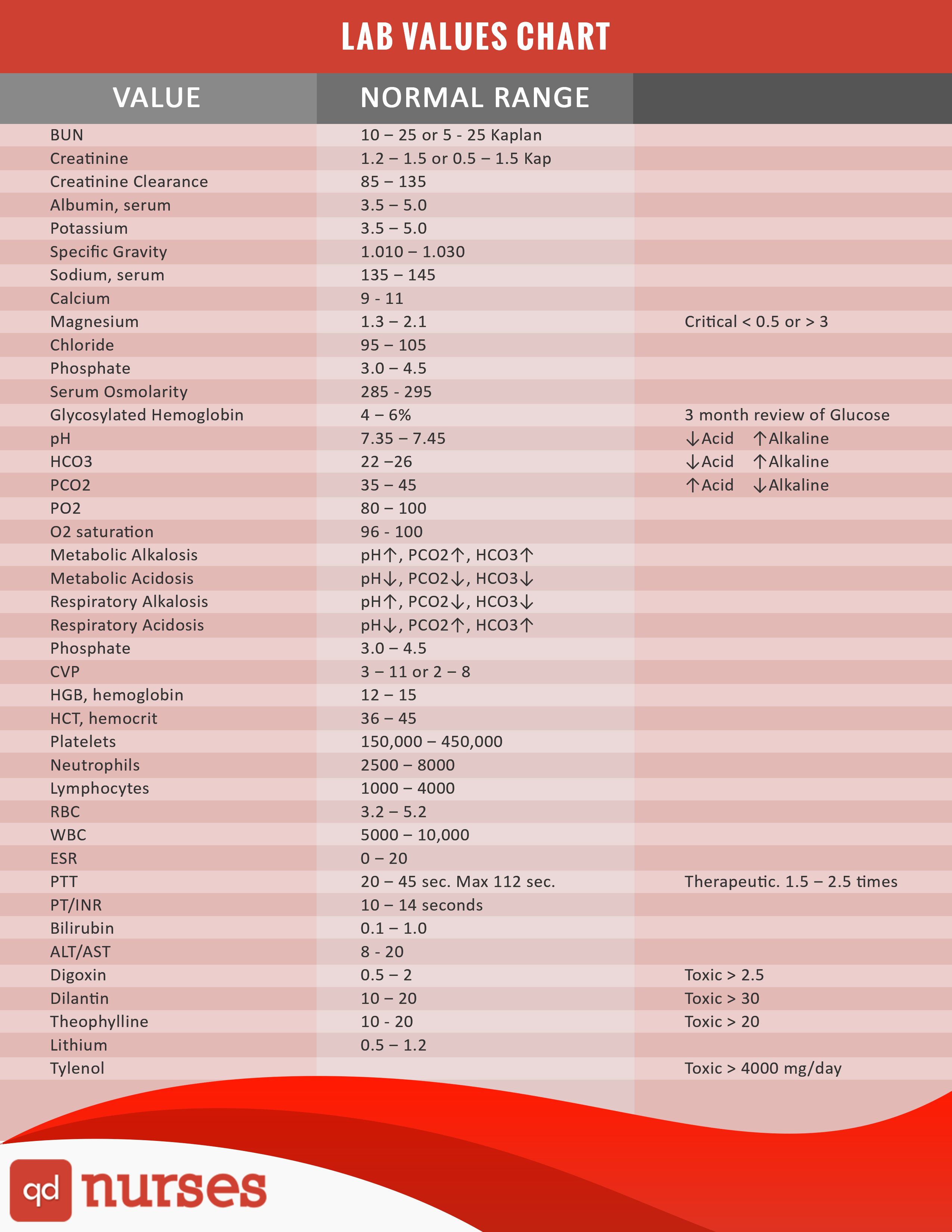 The level
The level
of AST does not tell the amount of liver damage. However, for patients undergoing hepatitis C
therapy, it is useful to see if there is a fall in level of AST.
When the test is required:
- Jaundice
- Fatigue
- Weakness
- Swollen belly, ankle and legs
- Stomach pain
- Lack of appetite
- Itching
- Dark coloured urine
- Itchy skin
- Dark-colored urine
- Light-colored poop
- Swelling in your legs and ankles
- Bruises on skin
Result:
Normal ranges are – http://bitly.ws/z3PB
- Males: 10 to 40 units/L
- Females: 9 to 32 units/L
Higher AST can be the cause by:
- Chronic hepatitis
- Cirrhosis of liver
- Blockage in the bile ducts
- Liver cancer
- Severe viral hepatitis
- Liver injury caused by any toxic substances.

- Some blockage of blood flow to the liver
Liver damage cannot be determined solely on the AST test result. This test is performed using
alanine aminotransferase (ALT). Higher levels of both enzymes confirm liver injury. Unipath lab
performs AST/SGOT to determine liver health. We offer the best service with accurate reports.
To ease our patient’s life, we offer home service too. To book the test, please contact us at
+91(79) 49006800 or visit www.unipath.in
Aspartate aminotransferase (AST) – take the test in St. Petersburg
Medical center at Bogatyrsky pr., 4Laboratory terminal at Aleksandrovskaya Fermy avenue, 8Laboratory terminal at Nastavnikov avenue, 36k2Laboratory terminal at ul. Budapestskaya, 6Medical center on Pulkovskoye shosse, 28A Medical center on Kondratievsky prospect, 62k3Medical center on Prosveshcheniya avenue, 14k4Medical center on Moiseenko, 5Laboratory terminal on the street.
 Oleko Dundicha, 8, room 2Laboratory terminal on the street. Pestelya, 25AMedical center on Leninsky prospect, 88Medical center on Okhtinskaya alley, 4 (Murino, Leningrad region)Laboratory terminal on the street. Turku, 5/13 St. Petersburg, Exit serviceMedical center on the street. Savushkina, 14
Oleko Dundicha, 8, room 2Laboratory terminal on the street. Pestelya, 25AMedical center on Leninsky prospect, 88Medical center on Okhtinskaya alley, 4 (Murino, Leningrad region)Laboratory terminal on the street. Turku, 5/13 St. Petersburg, Exit serviceMedical center on the street. Savushkina, 14
Price:
225 ₽
Add to cart
The price does not include the cost
AST in a blood test – what is it? This is an analysis for the content in the blood of one of the liver enzymes – aspartate aminotransferase.
Aspartate aminotransferase (AST) is an enzyme found mainly in the cells of the liver and heart, so if the level of AST in the blood is high, this may indicate disorders of the liver and heart, including myocardial infarction.
AST analysis is in the range of liver tests along with ALT analysis, both tests are most often taken for suspected liver disease, also taking into account the ratio of both enzymes. An increase in the level of AST in the blood test means that the patient may have heart problems.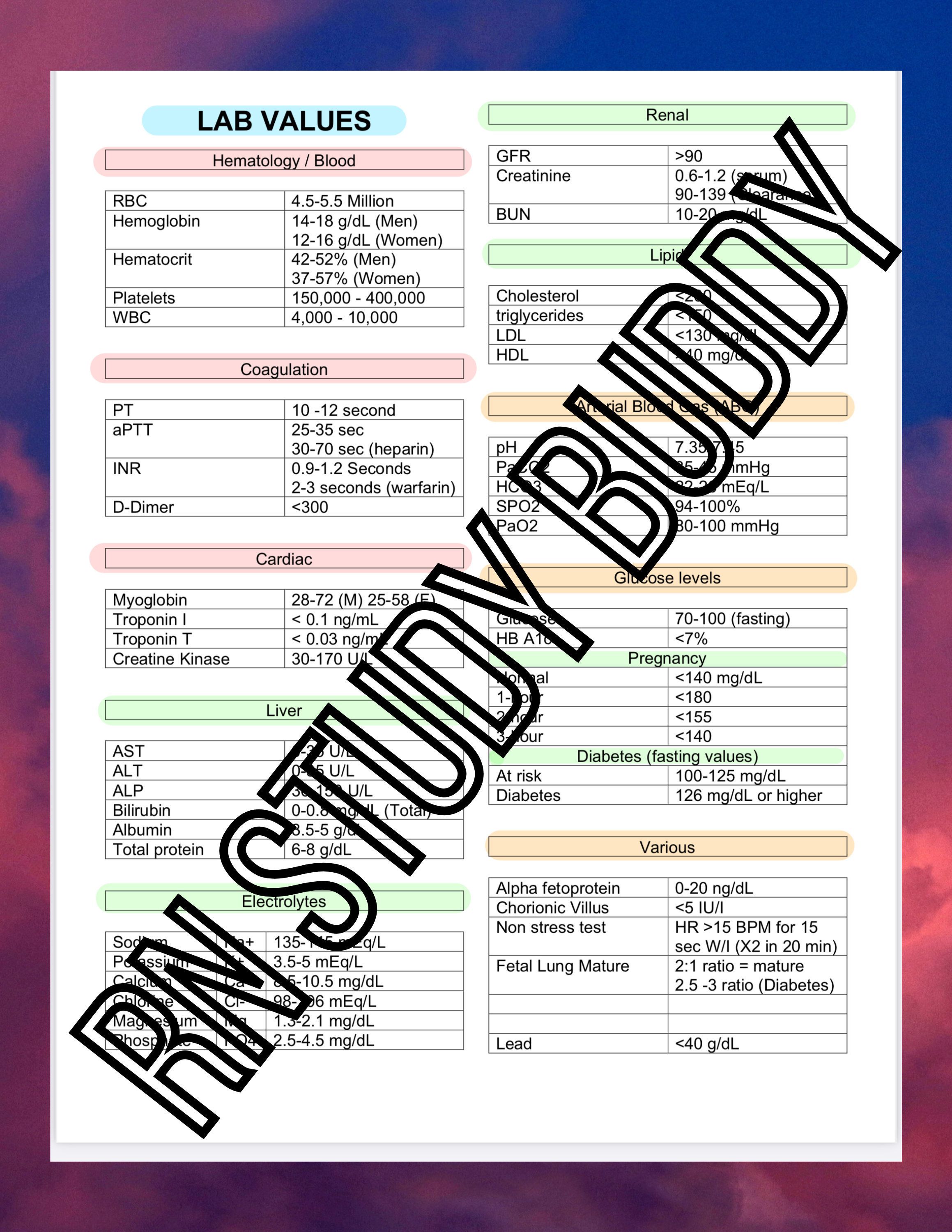 If ALT is higher, then, first of all, it is necessary to examine the liver.
If ALT is higher, then, first of all, it is necessary to examine the liver.
Method of determination
AST indicators are determined by the UV kinetic method.
Test material
Examine the serum of venous or capillary blood.
due date
AST blood test can be obtained in 1 day.
Readings
An AST analysis is indicated for patient complaints of abdominal pain, flatulence, nausea and vomiting, appetite disorders, itching and yellowing of the skin and whites of the eyes, weakness and fatigue. Dark urine at the same time as stool lightening are also alarming symptoms for the appointment of an analysis.
AST is also checked in people at risk: those who have had hepatitis or who have been in contact with an infected person, who suffer from chronic hepatitis, who abuse alcohol, drugs, and who take nephrotoxic drugs and dietary supplements. It is also advisable to periodically check AST in people who are overweight, have diabetes, and have a genetic predisposition to liver disease.
Regular checking of AST levels allows assessing the state of the liver in dynamics and the effectiveness of the treatment.
Preparation for analysis
An analysis for liver enzymes is usually taken in the morning, since 12 hours of abstinence from food is necessary. You can drink water. On the eve of the day of the study, it is necessary to exclude stress, both mental and physical, and also to abandon alcohol and energy drinks. Do not smoke one hour before blood sampling.
Synonyms: AST, Aspartate transaminase, AST/AST, Aspartate aminotransferase
Equipment: OLYMPUS AU/5800/680/480/-Beckman Coulter
Norms of AST in the blood depend on gender and age:
| adults, gender | Values (U/l) |
|---|---|
| Men | <40 |
| Women | <32 |
In children, the normative indicator varies depending on age:
| Children, age | Values (U/l) |
|---|---|
| Up to a year | <58 |
| Up to 4 years | <59 |
| Up to 7 years | <48 |
| Up to 13 years old | <44 |
| Under 18 | <39 |
If AST in the biochemical blood test is very high – more than 10 times or more than the norm – it is typical for viral infections.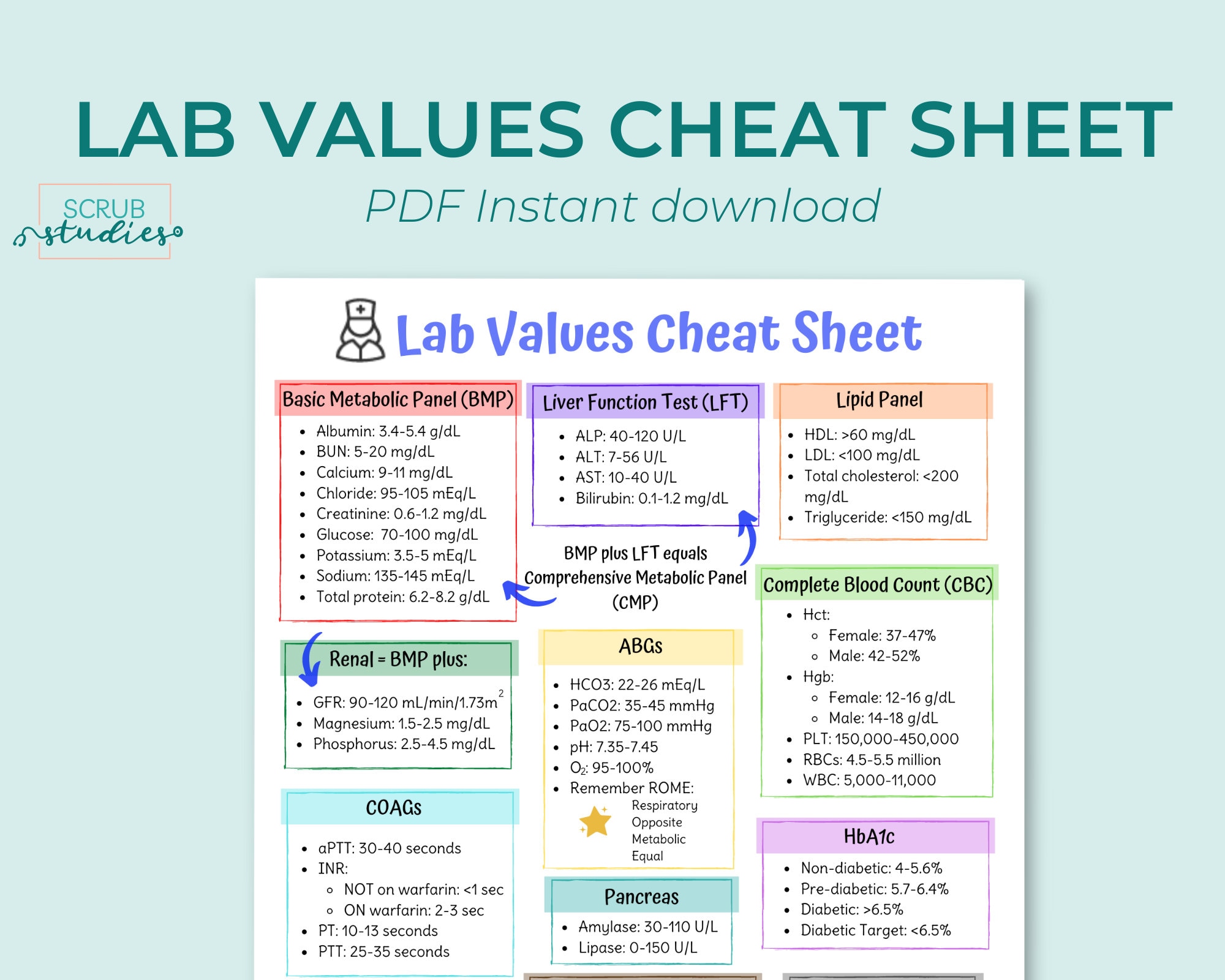 In patients with chronic hepatitis, AST is increased by 2-4 times, no more. Biliary obstruction, cirrhosis, and some types of liver tumors moderately increase AST.
In patients with chronic hepatitis, AST is increased by 2-4 times, no more. Biliary obstruction, cirrhosis, and some types of liver tumors moderately increase AST.
* For current information, please contact the contact center at tel. 8 (812) 600-42-00
It is recommended to donate blood on an empty stomach (at least 6-8 hours of fasting). Drinking – water, as usual. On the eve of the study, exclude: food, physical and emotional overload, alcohol and energy drinks. Stop smoking 1 hour before the study.
Similar tests
Gastropanel (without stimulation): pepsinogen I, pepsinogen II, gastrin-17, antibodies (Ig G) to Helicobacter pylori
up to 7 days
from 4,695 ₽
900 12 Add to cart
Pancreatic amylase
1 day
from 230 ₽
Add to cart
Cholinesterase
up to 10 days
from 180 ₽
Add to cart
Pepsinogen I
1-2 days
from 1 435 ₽
Add to cart
Pepsinogen II
1-2 days
from 1 435 ₽
Add to cart
Gastropanel (with stimulation): pepsinogen I, pepsinogen II, gastr in-17, antibodies (Ig G) to Helicobacter pylori
up to 7 days
from 6 205 ₽
Add to cart
Gamma-glutamyltransferase (GGT)
1 day Add to cart
Creatine kinase-MB (KK-MB)
1- 2 days
from 270 ₽
Add to cart
Creatine kinase
1 day
from 210 ₽
Add to cart new portion)
1 day
from 150 ₽
Add to cart
Lactate dehydrogenase (LDH)
1 day
from 140 ₽
Add to cart
Alanine aminotransferase (ALT)
1 day
from 120 ₽
Add to cart
Aspartate aminotransferase (AST)
1 day
from 120 ₽
Add to cart
Amylase
1 day
from 1 80 ₽
Add to cart
Lipase
1 day
from 260 ₽
Add to cart
Liver test (ALT, AST, total bilirubin, GGT)
1 day
from 300 ₽
Add to cart 9000 3
Analysis available at these centers:
Medical center on Bogatyrsky pr.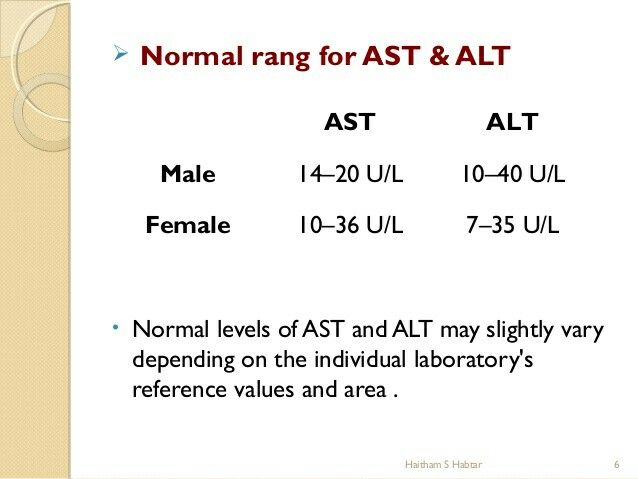 , 4
, 4
Medical center on the street. Moiseenko, 5
Medical center on Prosveshcheniya avenue, 14k4
Medical center on the street. Savushkina, 14
Laboratory terminal on the street. Turku, 5/13
Medical center on Okhtinskaya alley, 4 (Murino, Leningrad region)
Laboratory terminal on the street.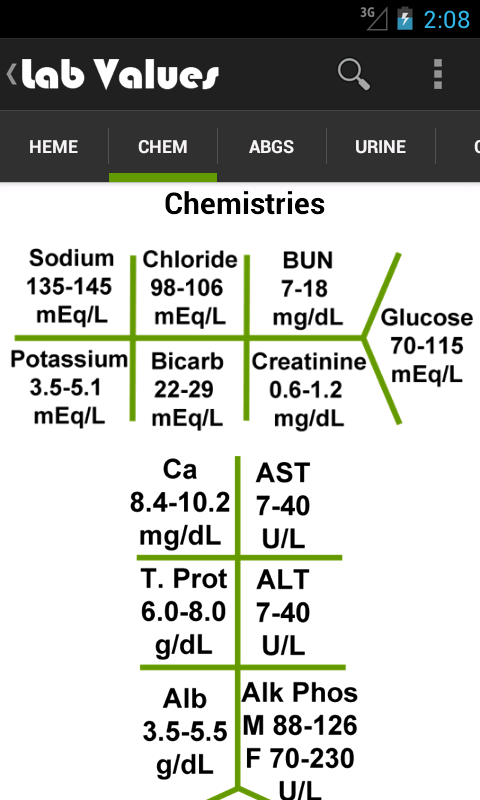 Pestelya, 25A
Pestelya, 25A
Laboratory terminal on the street. Oleko Dundicha, 8, building 2
Laboratory terminal on the street. Budapestskaya, 6
Medical center at Pulkovskoe shosse, 28A
Laboratory terminal at Nastavnikov Ave., 36k2
Laboratory terminal at Aleksandrovskaya Ferma avenue, 8
Medical center on Leninsky pr. , 88
, 88
Medical center on Kondratievsky prospect, 62k3
ORTOKROSS clinic on the 5th line of V. O., 8A (official partner)
Laboratory terminal at Kronverksky pr., 31 (official partner)
Clinic “PulkovoStom” on Pulkovskoye shosse, 26, building 6. (official partner)
Laboratory terminal on the street. Savushkina, 124 (official partner)
Savushkina, 124 (official partner)
Laboratory terminal on Bolshoy pr. V.O., 5 (official partner)
results, biochemical values, norms in children, women, handed over at a low price
Laboratory study of AST is included in the complex of classic liver tests, which determine the malfunction and state of the organ.
Convenient location
At your convenience
With the possibility of home visits
Anonymity guaranteed
Make an appointment
The administrator will contact you, determine the most suitable clinic and doctor, a convenient time and make an appointment.
Or call 8 (928) 517-15-15
Request a call
full name *
Telephone *
* – mandatory fields
By clicking on the button above, you agree that you have read and agree to
Privacy Policy
Application accepted
We will call you back soon
Without queues and waiting
Use an electronic appointment. The doctor will see you exactly at the specified time. If necessary, the appointment can be rescheduled to any other time convenient for you.
The doctor will see you exactly at the specified time. If necessary, the appointment can be rescheduled to any other time convenient for you.
Convenient electronic card
We use a unified information system. We store the entire medical history in electronic form and can transfer images, analyzes and doctor’s conclusions to electronic media
Full equipment of clinics
Our clinics are equipped with all the necessary equipment to carry out any diagnostics you need in one clinic.
Intracellular endogenous enzyme AST from the group of transferases is found in all tissues of the body. However, most of all it is concentrated in the liver, heart muscle, renal parenchyma, pancreas. A smaller amount is found in skeletal muscles, cells of other organs of the body. Analysis of the level of aspartate aminotransferase helps to identify inflammation, the consequences of trauma and vascular ischemia.
Study description
The concentration of this enzyme in the blood of a healthy person is low. But with pathological, traumatic injuries of organs, the indicators in the analysis increase, therefore they are markers of certain pathologies and injuries.
But with pathological, traumatic injuries of organs, the indicators in the analysis increase, therefore they are markers of certain pathologies and injuries.
Laboratory research AST is included in the complex of classic liver tests, which determine the malfunction and state of the organ. The determination of enzyme activity is often considered as part of a biochemical blood test.
Indications for testing
Often, AST is performed together with the determination of another enzyme – ALT (alanine aminotransferase). The elements are included in the screening study of liver function, which takes into account all the results.
Diagnosis of aspartate aminotransferase is prescribed to detect pathologies:
- Heart. Exceeding the reference values will indicate a heart attack, inflammatory processes of the myocardium, angina pectoris, organ injuries;
- Liver. Very high values - clinical signs of hepatitis, fibrosis, tumors, cirrhosis or hepatosis;
- Gallbladder.
 The analysis helps to detect the presence of stones, neoplasms, the cause of duct obstruction.
The analysis helps to detect the presence of stones, neoplasms, the cause of duct obstruction.
AST analysis is traditionally prescribed for all those wishing to donate blood as a donor and for patients before surgery. The study is also informative for determining injuries of internal organs and endocrine diseases.
Preparation
It is better to donate blood for analysis in the morning. To obtain reliable results, strict adherence to the rules for preparing the patient for the study is required.
The referring physician usually informs about them in advance:
- do not eat 14 hours before the procedure;
- drink only water, not allowed: tea, coffee, juices, soft drinks;
- do not drink alcoholic beverages a few days before the examination;
- psycho-emotional and physical stress should be avoided before analysis;
- one day before blood sampling, limit sweets and sugar in the diet;
- do not smoke 1-2 hours before testing.

If the patient is taking drugs prescribed by a doctor, you should discuss with him the advisability of taking them before diagnosis, postponing the examination to a later time or performing the study after the end of the course.
Increased enzyme levels can be triggered by vitamin A or medications: oral contraceptives, barbiturates, tranquilizers or antibiotics.
Interpretation of the results
The laboratory assistant compares the obtained data with the normal values. They are correlated with the sex and age of patients, so these factors are taken into account when evaluating the results.
The concentration of AST in the blood of children of both sexes, upper limits of the norm (in units/l)
- In newborns up to 5 days of age – 97
- In children from 6 days to six months – 77
- Six months to a year – 82
- One to three years – 48
- Three to six years – 36
- From six to 12 years old – 47
- Adolescent girls from 12 to 17 years old – 25
- Adolescent boys from 12 to 17 years old – 29
AST concentration in women, men is normal (in units / l
- Men over 18 years old – 40
- Women over 18 years old – 32
Pregnant women Recent stress, an intramuscular injection, and the intake of certain dietary supplements can briefly increase threshold values.
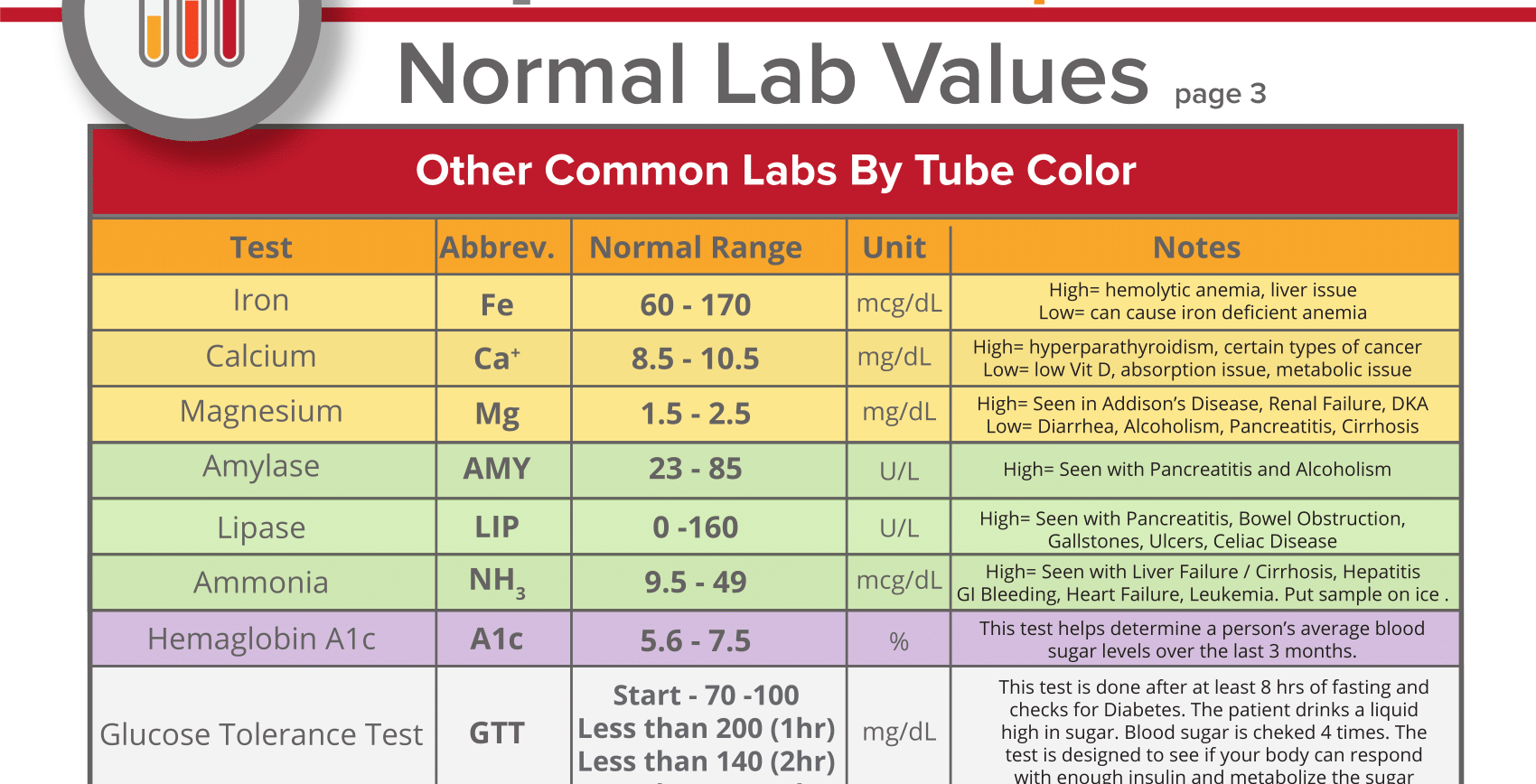

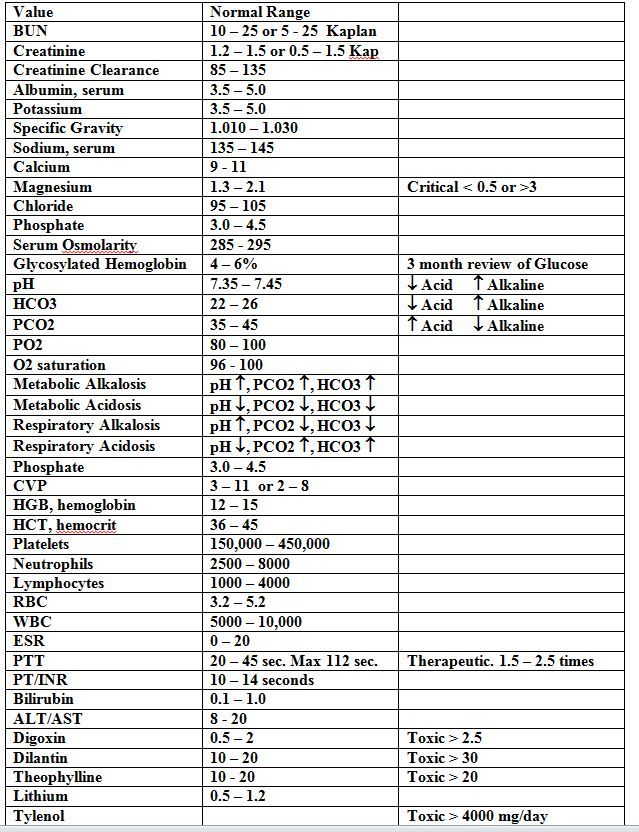
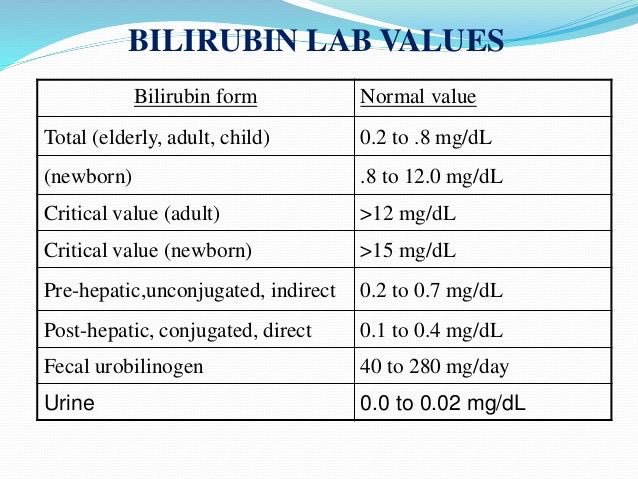 The analysis helps to detect the presence of stones, neoplasms, the cause of duct obstruction.
The analysis helps to detect the presence of stones, neoplasms, the cause of duct obstruction.